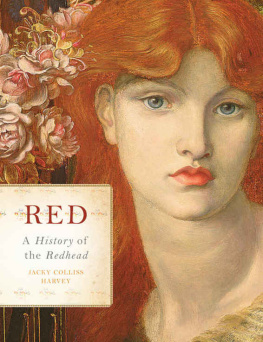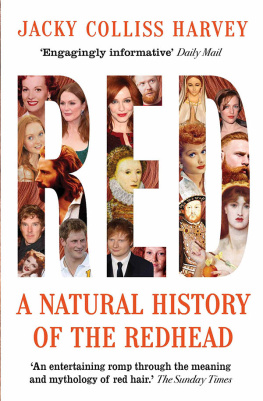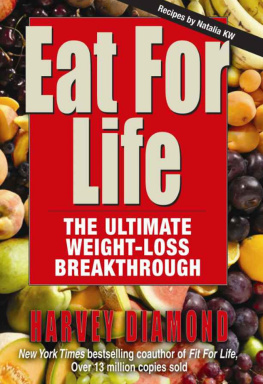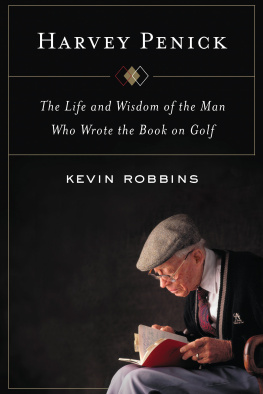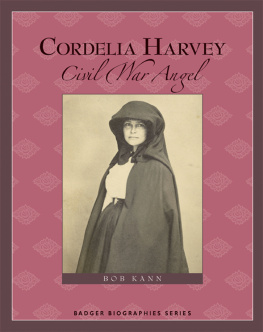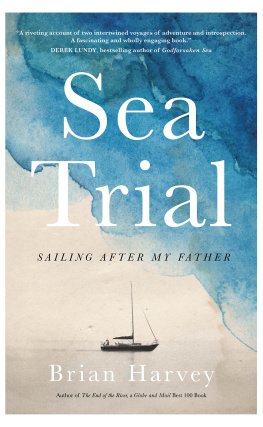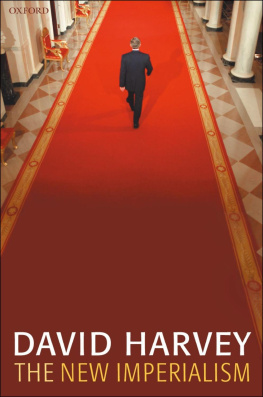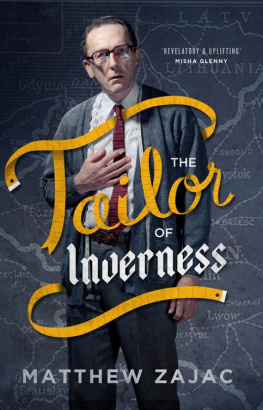Harvey - Inverness Through Time
Here you can read online Harvey - Inverness Through Time full text of the book (entire story) in english for free. Download pdf and epub, get meaning, cover and reviews about this ebook. year: 2015, publisher: Amberley Publishing, genre: Detective and thriller. Description of the work, (preface) as well as reviews are available. Best literature library LitArk.com created for fans of good reading and offers a wide selection of genres:
Romance novel
Science fiction
Adventure
Detective
Science
History
Home and family
Prose
Art
Politics
Computer
Non-fiction
Religion
Business
Children
Humor
Choose a favorite category and find really read worthwhile books. Enjoy immersion in the world of imagination, feel the emotions of the characters or learn something new for yourself, make an fascinating discovery.

- Book:Inverness Through Time
- Author:
- Publisher:Amberley Publishing
- Genre:
- Year:2015
- Rating:3 / 5
- Favourites:Add to favourites
- Your mark:
- 60
- 1
- 2
- 3
- 4
- 5
Inverness Through Time: summary, description and annotation
We offer to read an annotation, description, summary or preface (depends on what the author of the book "Inverness Through Time" wrote himself). If you haven't found the necessary information about the book — write in the comments, we will try to find it.
Inverness Through Time — read online for free the complete book (whole text) full work
Below is the text of the book, divided by pages. System saving the place of the last page read, allows you to conveniently read the book "Inverness Through Time" online for free, without having to search again every time where you left off. Put a bookmark, and you can go to the page where you finished reading at any time.
Font size:
Interval:
Bookmark:
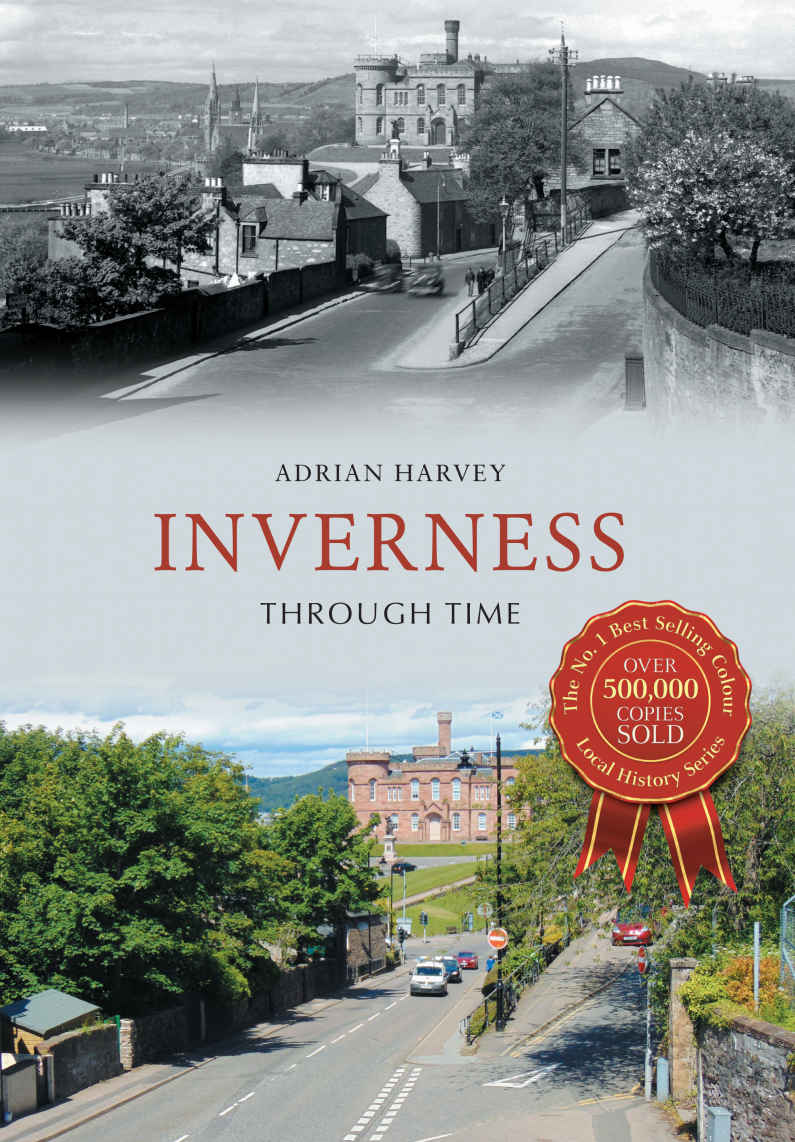

For the most part the vintage photographs in this volume were sourced from the Scottish Highlander Photo Archive which houses the collection of the Andrew Paterson Studio, the Joseph Cook Collection of Old Inverness, and the massive postcard collection of Roderick Maclean. Thank you to Andrew Chalmers, Fergus Weir, David Henderson and Roderick Maclean.
Other contributors I would like to thank include Dr Tony Smith, Willie Morrison, Robert Paterson, Nan Nairn, Hector Macdonald, Peter Snowie, Norma Grant, Jeff Macleod, Ishbel Macqueen, Anne Chisholm, Irene Jones, Sheila Burnett, Hamish Campbell, Tony Hogg, Rory Macleod, James M. Pirrie and Duncan Mackintosh. Thank you too to the many individuals who helped facilitate access to various offices and rooftops in order to take the comparison photographs.
For contributions behind the scenes, I thank Dave Conner, especially for providing the modern image of the Town House without scaffolding (which only went up the day before the scheduled shoot), the Rose Window in storage and for bringing to my attention various nuggets of valuable information.
Some related and interesting websites for further reading include:
www.scottishhighlanderphotoarchive.co.uk
www.patersoncollection.co.uk
www.lostinverness.co.uk
This book is dedicated to my late mother Dorothy.
It was the last project I was working on that she knew about.
First published 2015
Amberley Publishing
The Hill, Stroud
Gloucestershire, GL5 4EP
www.amberley-books.com
Copyright Adrian Harvey, 2015
The right of Adrian Harvey to be identified as the Author of this work has been asserted in accordance with the Copyrights, Designs and Patents Act 1988.
ISBN 9781445641997 (PRINT)
ISBN 9781445642079 (eBOOK)
All rights reserved. No part of this book may be reprinted or reproduced or utilised in any form or by any electronic, mechanical or other means, now known or hereafter invented, including photocopying and recording, or in any information storage or retrieval system, without the permission in writing from the Publishers.
British Library Cataloguing in Publication Data.
A catalogue record for this book is available from the British Library.
Typesetting by Amberley Publishing.
Printed in the UK.
Describing Inverness in the 1950s, Daphne Mould wrote:
... the River Ness a silver ribbon through its heart; a red sandstone castle above the stream; the Highland hills to the one side and the blue water of the Moray Firth and the fertile eastern lowlands upon the other. The Capital of the Highlands it has been styled, and yet, strictly speaking, it stands outside the mountain country proper, on the border line between the hills to the west and the lowlands to the east.
These words from over sixty years ago still ring true. Inverness is the gateway to the Scottish Highlands, where beautiful landscapes merge with a dramatic past. Historically it is one of the oldest towns in Scotland and has been the junction of ancient trade routes since AD 565.
Situated at the head of the Moray Firth and the mouth of the Great Glen Inverness is a terminus and starting point for travel and traffic, living up to its other appellation; the Hub of the Highlands.
Inverness was only granted city status in 2000, but it has always been considered the Highland capital irrespective of such distinctions. In fact, in the sixth century it was the capital of the Pictish kingdom. For centuries, Inverness has been central to the passing parade of historical intrigue, tragedy and triumph of the great Scottish Highland clans.
While this Royal and Ancient Burgh is recorded as going back thousands of years, it doesnt look like an old town today. Little remains of its long history because it was sacked and burned so many times. Inverness developed on the eastern shore of the River Ness around the Castle Street, Church Street, High Street, and Bridge Street area, although there were also houses along the west bank. The gardens behind these houses were gradually built over, with narrow closes for access, some of which still survive.
In the twelfth century the main street ran north to south, linking the castle to the church. Three other routes converged on the tollbooth where the markets would take place in what later became known as the Exchange. At this time there was a flourishing trade in fish, wool and furs. The high street became a centre for merchants. Early houses were built with booths which opened onto the street, in front of which sat people from the town displaying their wares on the ground.
From the thirteenth century there was a shipbuilding industry here too, as Inverness was also a busy port during the Middle Ages. Nearby is the site of the Battle of Culloden, the last battle fought on British soil, and during the years which followed the Forty-Five Rebellion trade supplanted war and the town began to acquire its modern aspect. The events of the past had left little of its ancient structures, but new buildings were taking their place.
There were no cobbles in the streets, no public drains or water supply before about 1830. Epidemics, including cholera, occurred from time to time. The houses were mostly thatched, and this, together with the congestion, led to frequent fires.
The castle was again rebuilt in 1834 and, to facilitate trade the Caledonian Canal, opened in 1822. The disastrous flood of 1849, which swept away the seven-arched stone bridge built in 1684, completely submerged low-lying areas for three days.
The basic street layout of yesteryear still exists, but the modernisation and developments between the 1950s and 1970s saw much of old Inverness disappear. As John Pearson wrote in 1987, In many a case these new buildings have contributed little to the townscape and character of the town compared with the buildings they replaced.
In fact, one sad note about the present volume is that one of the most oft-used words contained in the text is demolished. There are exceptions, including a house which dates from 1592 and Dunbars Hospital of 1688, both in Church Street.
Inverness is the largest conurbation and is the main service and administrative centre for the region but not formally a capital of anything. However, with an enviable central location at the mouth of the River Ness on the Moray Firth, Inverness will always provide a magnet for visitors and shoppers from all points of the globe.
In the words of Neil M. Gunn, No one can say he has seen Scotland who has not seen the Highlands, and no one can say he has been to the Highlands who has not stopped to sample its spirit in Inverness.

The town plan of Inverness is sourced from a 1929 guide book, and provides easy, ready reference to the sites portrayed in the vintage images.
Inverness from the Hills of Craigton, North Kessock,c.1920 and 2015

The name Inverness derives from the Scottish Gaelic Inbhir Nis meaning Mouth of the River Ness and the town that grew along the banks of the river was one of the chief Pictish strongholds. A small steam cargo boat is here towing a pilot rowing boat towards the entrance of the Caledonian Canal. In the distance centre right is the distinctive shape of the Tomnahurich Cemetery hill.
Font size:
Interval:
Bookmark:
Similar books «Inverness Through Time»
Look at similar books to Inverness Through Time. We have selected literature similar in name and meaning in the hope of providing readers with more options to find new, interesting, not yet read works.
Discussion, reviews of the book Inverness Through Time and just readers' own opinions. Leave your comments, write what you think about the work, its meaning or the main characters. Specify what exactly you liked and what you didn't like, and why you think so.





